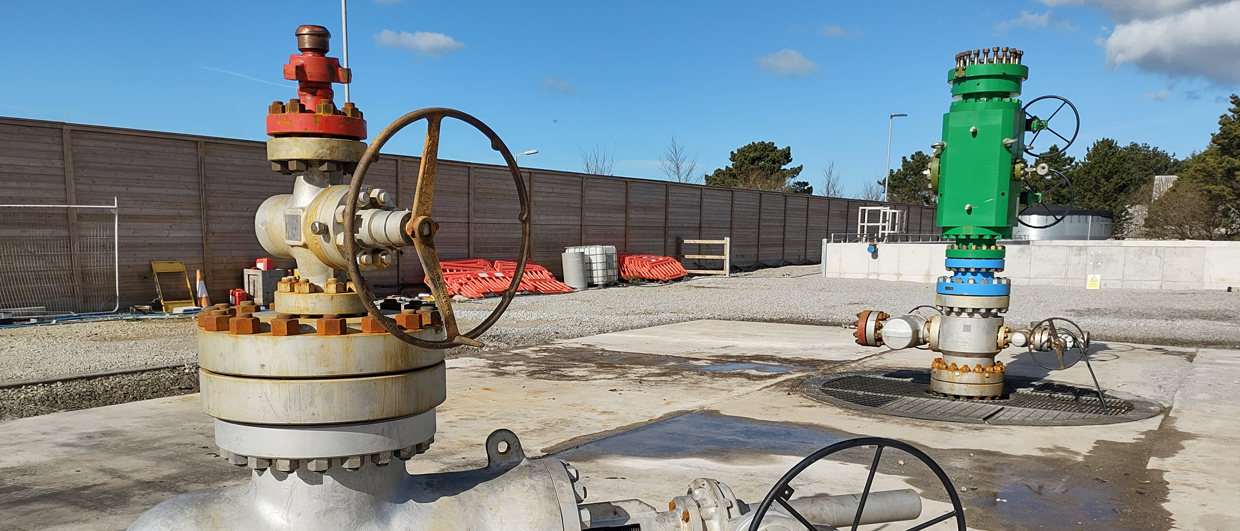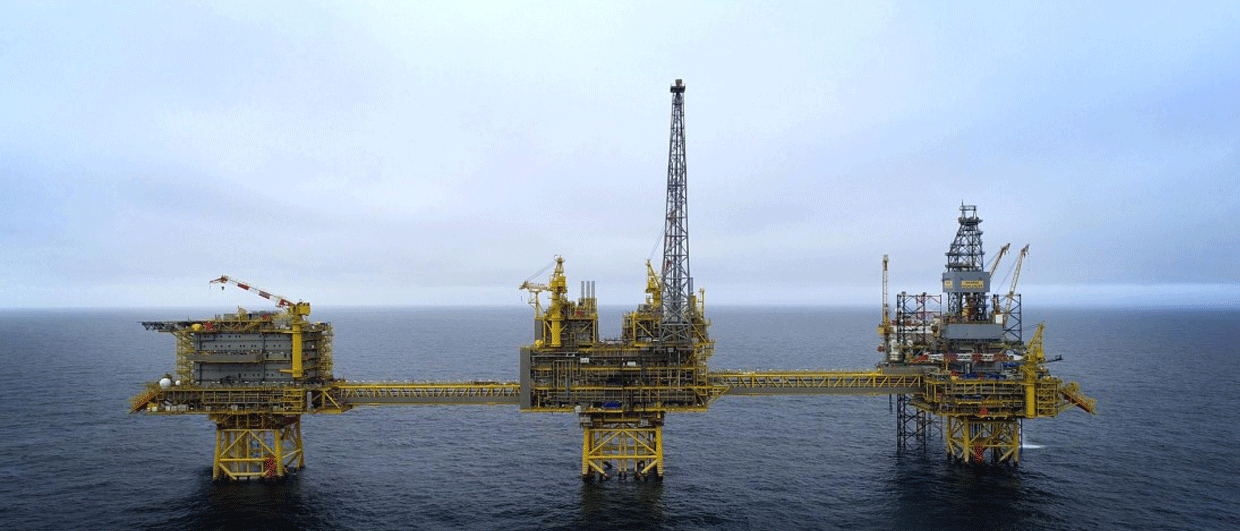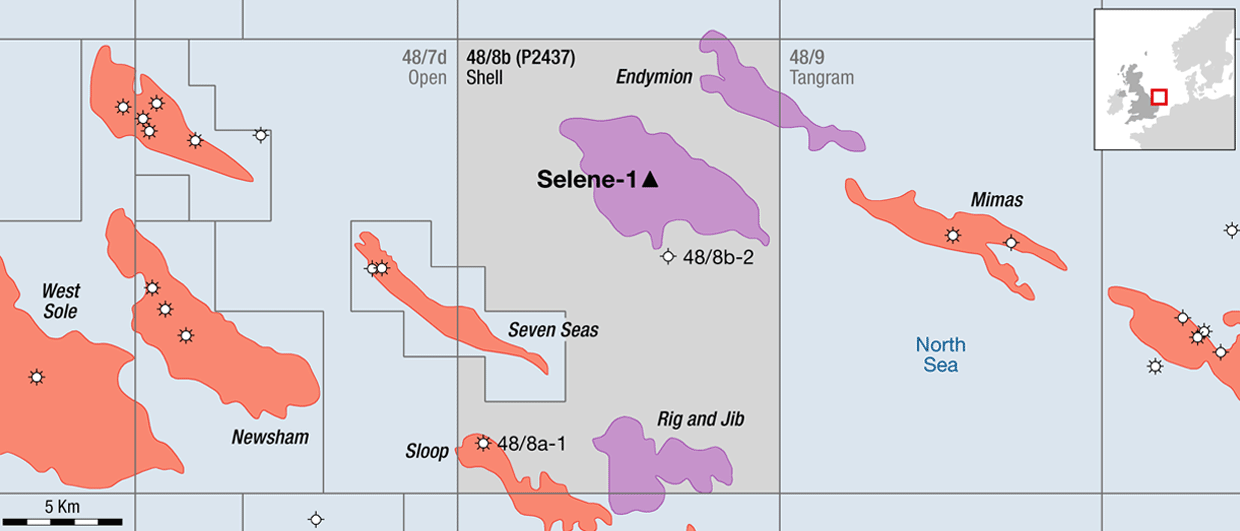In two separate social media posts this week, Tom Morgan from Well Info nicely showed why the UKCS is such an active player when it comes to decommissioning wells in the North Sea. So far in 2023, only 5 new wells were drilled in the basin, but 46 wells underwent decommissioning operations. It illustrates a trend that is not frequently highlighted: the UKCS has become a centre of decommissioning activity rather than drilling new wells.
Since the late 1960’s, the UK offshore saw around 12,000 offshore exploration, appraisal and development wells drilled, about twice as many as the Norwegian sector. In addition, it is also the age of these UK wells and the maturity of the basin when it comes to fields ceasing production that cause this country to be such an active player in the field of decommissioning these days.
As Well Info showed, a total of around 6,390 wells requires further decommissioning activity in the UK and Norwegian sectors together. 58% of these wells reside in UK waters, whilst 42% of the wells are in Norwegian waters.
The average age of a UK well that requires decommissioning is 29 years, whilst the average age of a similar well in Norway is 21 years. This is further illustrated in the graph below. It nicely demonstrates that levels of drilling activity on the UKCS peaked earlier than in Norway.

The statistics presented above reflect the decommissioning liability for the Norwegian and UK sectors as a whole. When looking decommissioning activities that took place during the year so far, Well Info reported that 43 wells were partly or wholly decommissioned in the UKCS. In contrast, only 2 wells in Norway were decommissioned; one in the Maria and one in the Gudrun field.
DNO has been particularly active, with all zones being isolated for 9 wells in the Carboniferous Schooner field in the Southern North Sea. It is not a surprise to see the Southern North Sea feature as far as decommissioning is concerned; it is this area that probably has the highest density of fields that have recently been taken out of production.
In the Dutch sector, only one well was abandoned so far this year according to Well Info. Given that the Dutch sector is even more mature than the UKCS, this lack of activity in 2023 might be a reflection of the concern already expressed by Bert Manders before: decommissioning activity in the Dutch sector is lagging behind.





